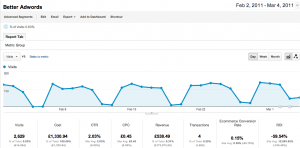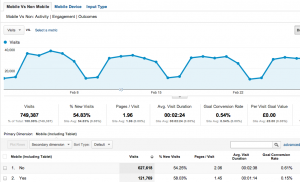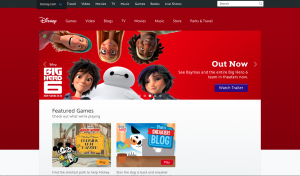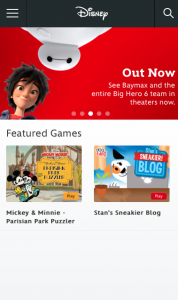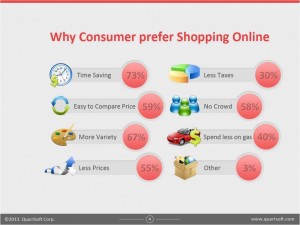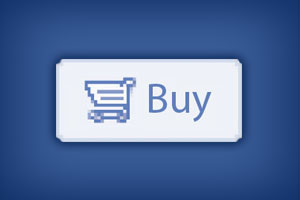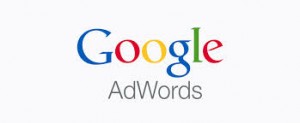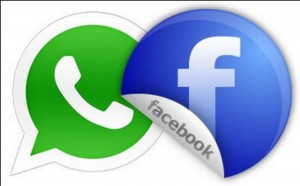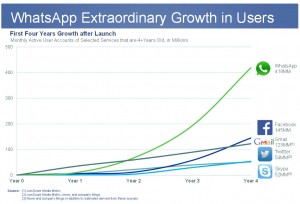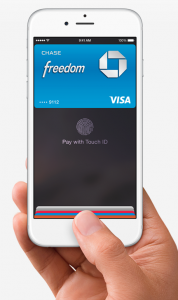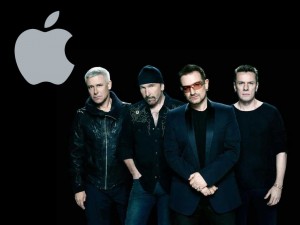One of my go-to sites for digital marketing information and news, E-Consultancy has a great article on valuable Google Analytics custom reports. After having some first-hand experience with Google Analytics through my E-Marketing class’s client project, I now have a much better understanding of how Analytics can be used to gather the insights necessary to have a strong digital strategy.
Some of the custom reports that E-Consultantcy seem to be very useful, so I would like to share a few of them with you all.
Time of Day Report
Definitely thought this was an interesting one. This report allows you to see which days of the week are the most popular, which makes it easy to track your posts (ie. blog posts, social media posts) to see which time of the day will receive the most engagement. I think this is particularly handy for social media posts for Facebook and Twitter. By seeing which day of the week or hour of the day that receives the most engagement in terms of website traffic, we can make our posts hit a higher reach level by posting the post at the optimal time.
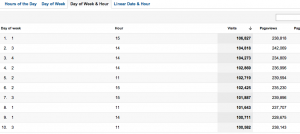
AdWords Report
You can use this report in tandem with your AdWords campaign reports. This combines Adwords acquisition data with revenue data all in one table, so it actually saves you going back and forth between different reports across the two programs.
Mobile Reports
A cool report that shows you exactly where your traffic is coming from. So if you find that your website has a lot of mobile traffic, and your website is not mobile-friendly… maybe your company should hire a web designer to incorporate those beautiful “responsive design” techniques that we’ve been learning about in class.
There are a lot of great reports, so if this post interested you feel free to read about more of them at THIS Econsultancy article.
To conclude this posting, take a look at this hilarious Google Analytics video. Warning, it contains a healthy amount of satire!

Source: https://econsultancy.com/blog/62271-10-valuable-google-analytics-custom-reports-2
